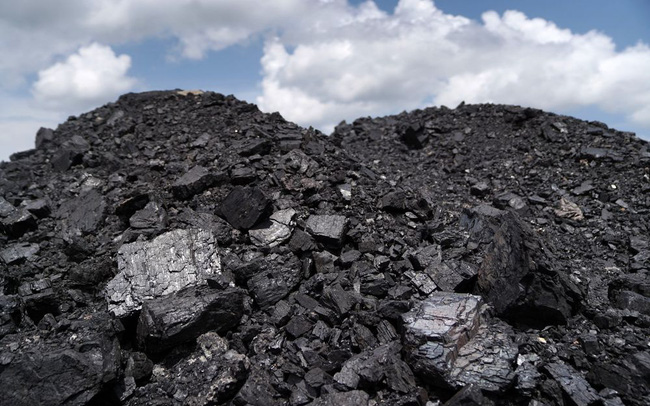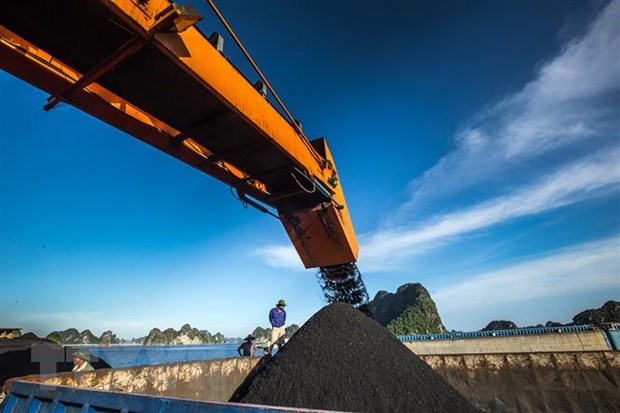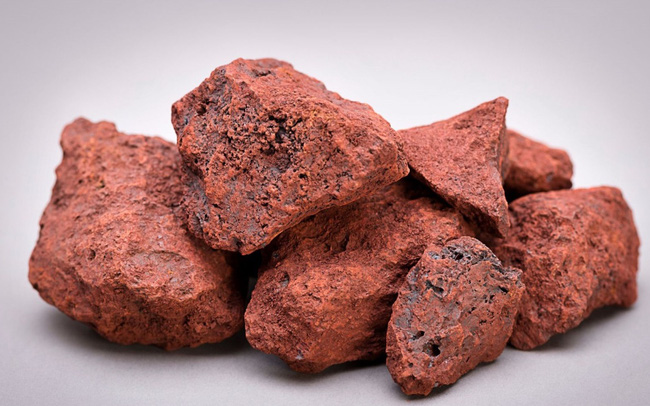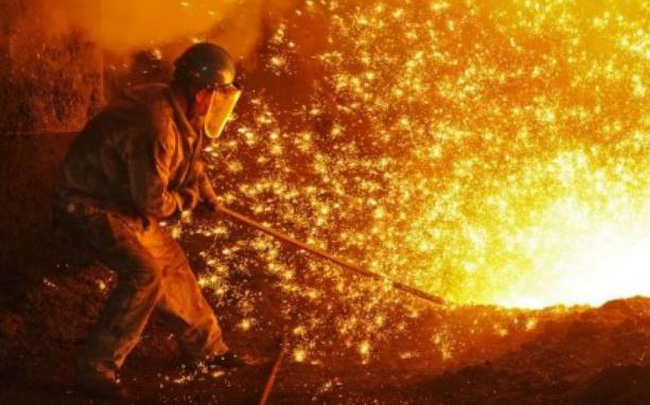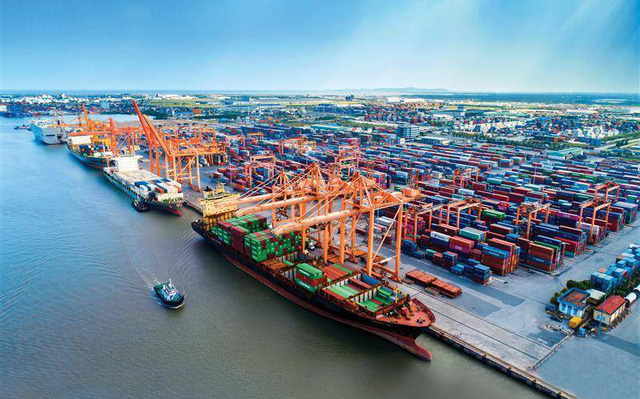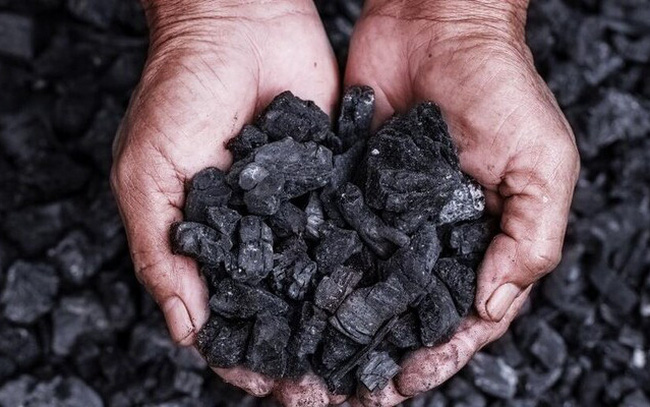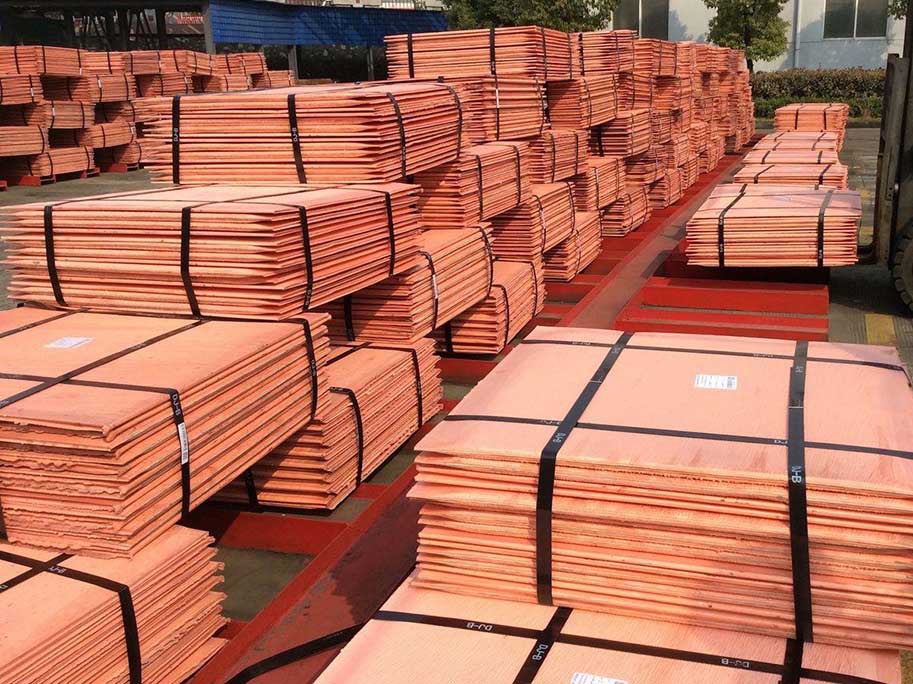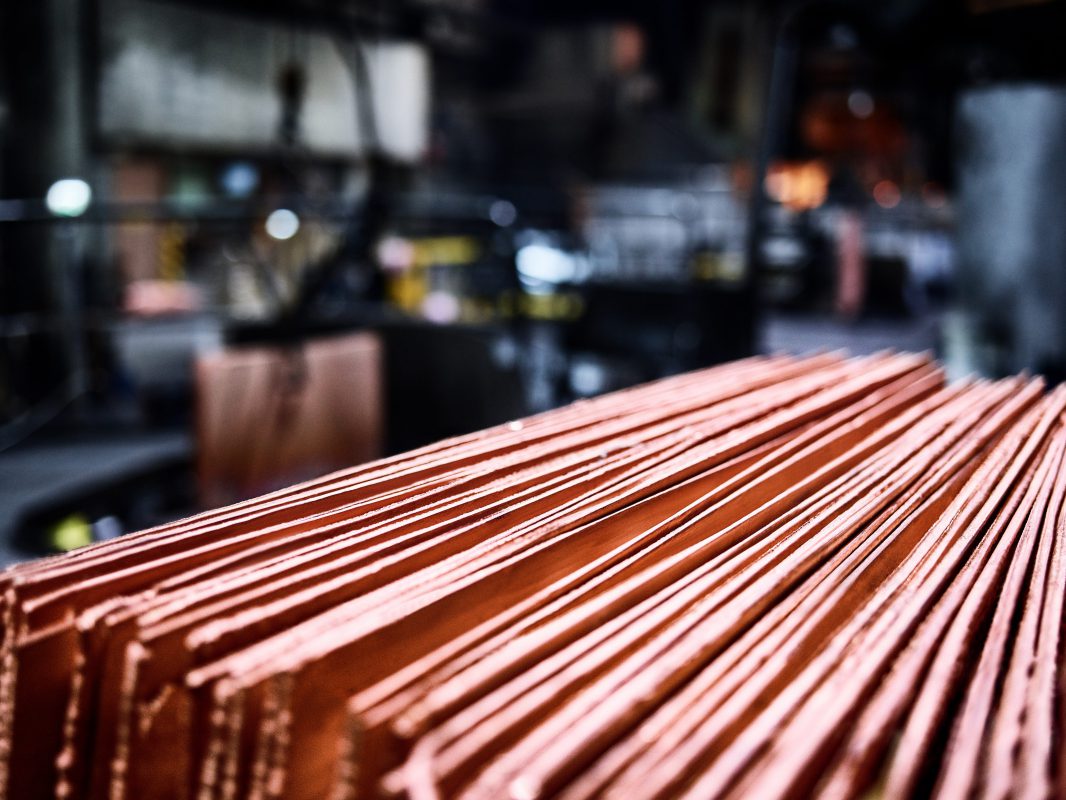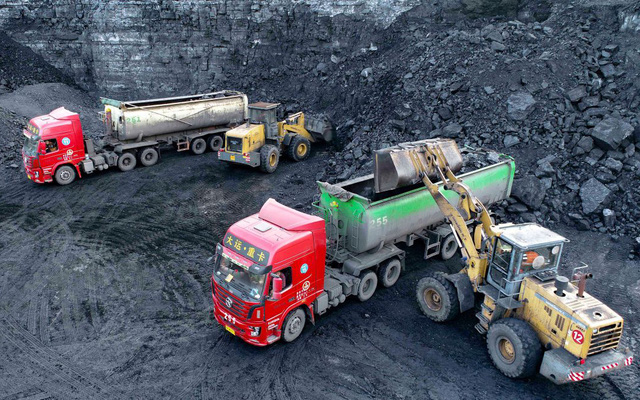The sharp fluctuations of input raw materials in the steelmaking industry are posing a headache for both domestic and international markets.
The epicenter of Russia – Ukraine contributed to pushing up iron and steel prices
Currently, iron ore mining of Russia and Ukraine accounts for nearly 10% of global output, only about 4% by sea; equivalent to about 110 million tons and 80 million tons of iron ore per year. The contribution of Russia and Ukraine to the global market is relatively small compared with that of the two largest producers, Australia and Brazil.
However, Russia is a steel producer and exporter in the top 5 of the world. About 15% of Russia’s steel exports go to the EU. Ukraine’s position has been pushed down to the top 15 in recent years. Although they do not dominate iron ore like Brazil or Australia, any disruption in the supply of these two countries will affect iron and steel prices.
Since the outbreak of the war, the price of iron ore futures on the Singapore Exchange has witnessed a gain of nearly 20% in more than a week, before returning to the price area of 138 USD and continuing to increase strongly by 8.4% yesterday. to 149.2 USD/ton. According to MXV’s Transaction Management Unit, iron ore is a popular commodity with good liquidity, so any trading fluctuations during the session are closely monitored. Especially when the Chinese side is showing signs of recovering iron and steel demand.
According to Australian Customs statistics, China currently accounts for more than 80% of iron ore exports from Port Hedland (Australia), Vietnam is in the top 10 with a fluctuation of about 0.4 – 0.8 million tons per month. .
Last week, China imported about 21.4 million tons of iron ore from two suppliers, Australia and Brazil, down more than 220,000 tons compared with the first week of March. The price of imported iron ore by sea increased amid war turmoil. therefore less attractive than domestic transactions.
According to Nguyen Duc Dung, Deputy General Director of the Vietnam Commodity Exchange, China’s iron ore reserves in the short term are highly likely to continue to decrease, the prospect of 62% ore imports may increase from the current $140. at 150 – 162 USD/ton. He also emphasized that favorable factors in the market have gradually appeared.
Firstly, the trading volume of key steel products increased rapidly due to high demand. This development continues after the construction projects are increasingly developed. Second, the price of iron ore and coke increased, pushing up the cost of steelmaking production. With this situation, steel mills can afford to increase operating capacity to meet purchasing power. Third, due to the impact of the Russia-Ukraine conflict, the rising global steel price will create a large price difference between China’s domestic raw materials and foreign ones.
Statistics on March 10 showed that iron ore inventories at main ports in China reached 157.2 million tons, down 1.7 million tons compared to March 3. The operating capacity of blast furnaces and electric arc furnaces has decreased slightly, but still reaches over 80%.
China’s iron ore stockpiles are far ahead of what they were a year ago, but are now starting to normalize. In February, iron ore exports from Australia and Brazil to China reached nearly 40 million tons, up 5% over the same period last year. In output, the country’s steel exports fell sharply by 19% over the same period, only in the first two months of the year, recording 1.9 million tons. While imports were 8% lower at 2.2 million tons.
As for finished steel, China’s construction steel supply is growing slower than demand. Limitations come from high anchor scrap prices and tight inputs. Therefore, the operating capacity of the electric arc furnace is also affected.
Besides, China’s hot-rolled coil (HRC) price also fluctuated erratically in the past three weeks, with a range of about 5-10%. According to Mr. Dung, the price of HRC decreased last week because distributors with low-priced products in the previous period focused on selling.
Besides, China’s HRC exports have a clear advantage as global steel prices continue to rise sharply. However, as downstream demand continues to recover and HRC inventories have fallen for three consecutive weeks, HRC prices may soon rebound.
Domestic steel production decreased slightly, steel price adjusted 4 times from the beginning of March
According to information from the Vietnam Steel Association (VSA), crude steel production in the first two months of the year reached more than 3.7 million tons, down 2% over the same period last year. In which, steel exports fell sharply by 83%, reaching 69,600 tons. Construction steel production reached nearly 2.2 million tons, up 11.4% over the same period last year.
For hot rolled coil, February HRC production reached 581,032 tons, up 16.2% compared to January and up 4% over the same period. HRC price on March 8 reached about 890 USD/ton, up 90 USD compared to a month ago.
Regarding raw materials, domestic billet price increased by 400-500 VND/kg in February and remained at 16,300 VND/kg. The price of steel billet traded at Southeast Asian ports increased sharply by 116 USD in just one month, recorded at 787 USD/ton on March 8. Similarly, the domestic scrap price also increased from 300-600 VND/kg, staying at 12,500 VND/kg, while the price of imported scrap increased by 35 USD to 570 USD at the end of February.
According to VSA, many domestic steel enterprises have to adjust their steel prices continuously due to many factors combined with the Russia-Ukraine conflict. The market establishes a new price level, making the competition between factories increasingly fierce on selling prices and encroaching on each other’s market shares.
Domestic steel price has adjusted up 04 times in just the past half month. In the northern market, the price of CB240 steel of Hoa Phat Company increased by 1,920 VND/kg to 18,940 VND. The strongest increase was 610 VND/kg in the past two days. Along with this increase are steel prices of Viet Duc Company, Kyoei and Southern Steel. However, the price of CB240 Pomina and Thai Nguyen steel is keeping at the highest level in the northern market with 19,380 – 19,390 VND/kg.
According to MXV, the current construction steel price has surpassed last year’s peak by 5-8%. If the situation of input material prices continues to escalate and the war in Ukraine has not ended, domestic steel prices will continue to increase, posing a difficult problem for domestic iron and steel consumption in general. and construction contractors in particular.
In addition to China, Russia is also in the top 5 steel exporting countries to Vietnam, even though it is only a third of the volume imported from China. Vietnam also imports coal mainly from Australia and Russia, with the average import price according to Customs at around $210-230/ton in February.
T&G International Joint Stock Company
Address: 352 Hue Street, Le Dai Hanh Ward, Hai Ba Trung District, Hanoi
Hotline: 0345786803
Email: hrm@tginterjsc.com
Website: http://tginternationaljsc.com



